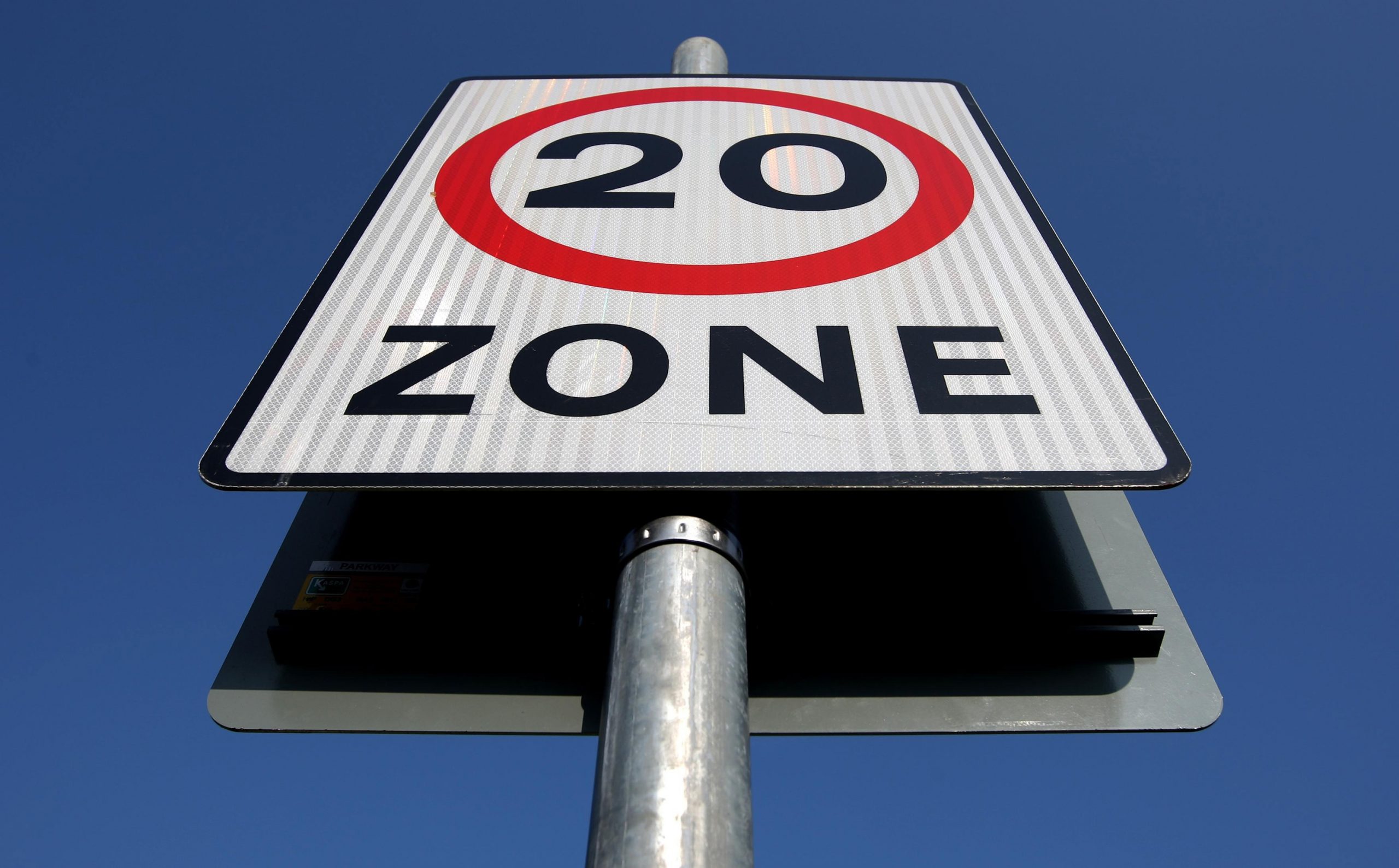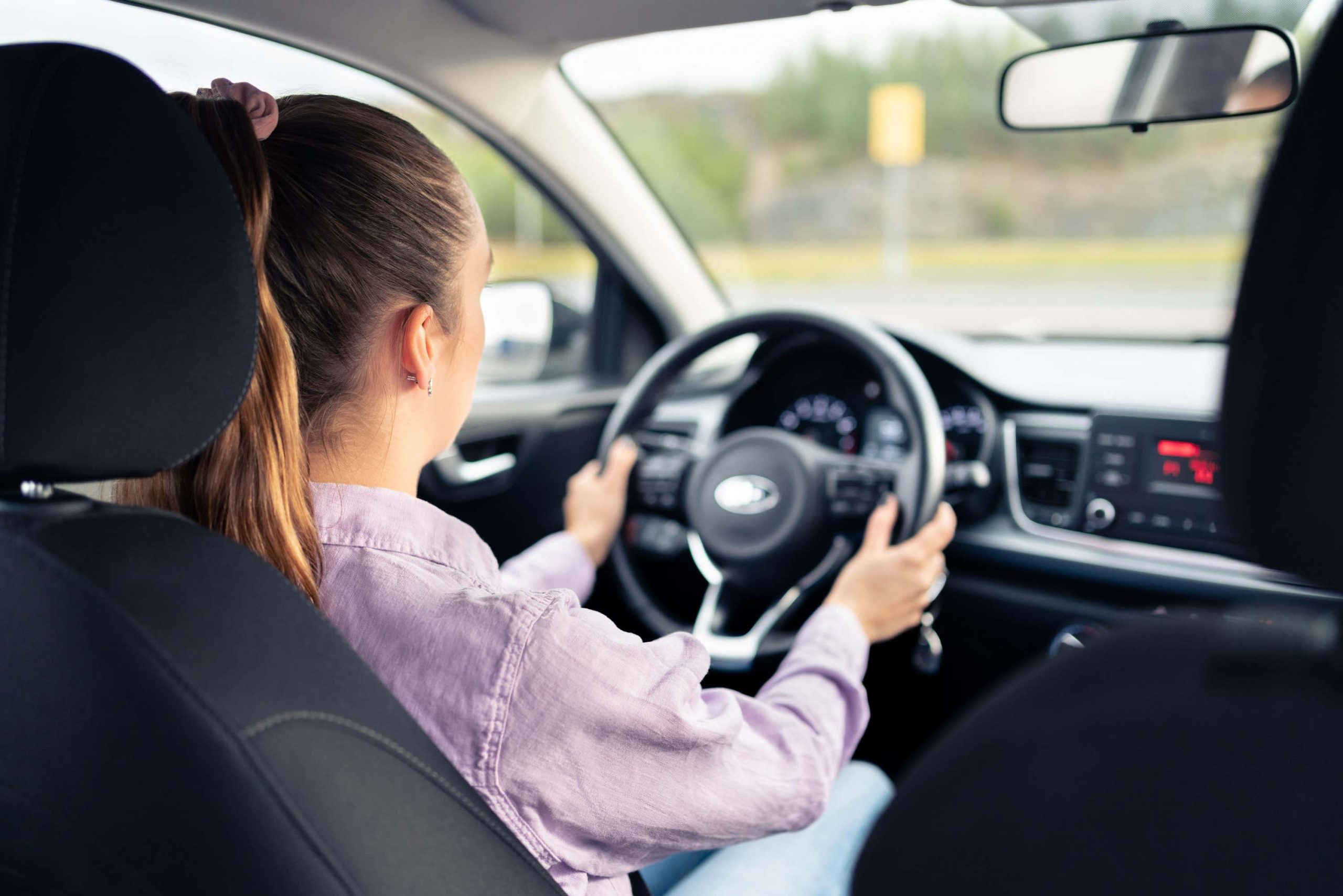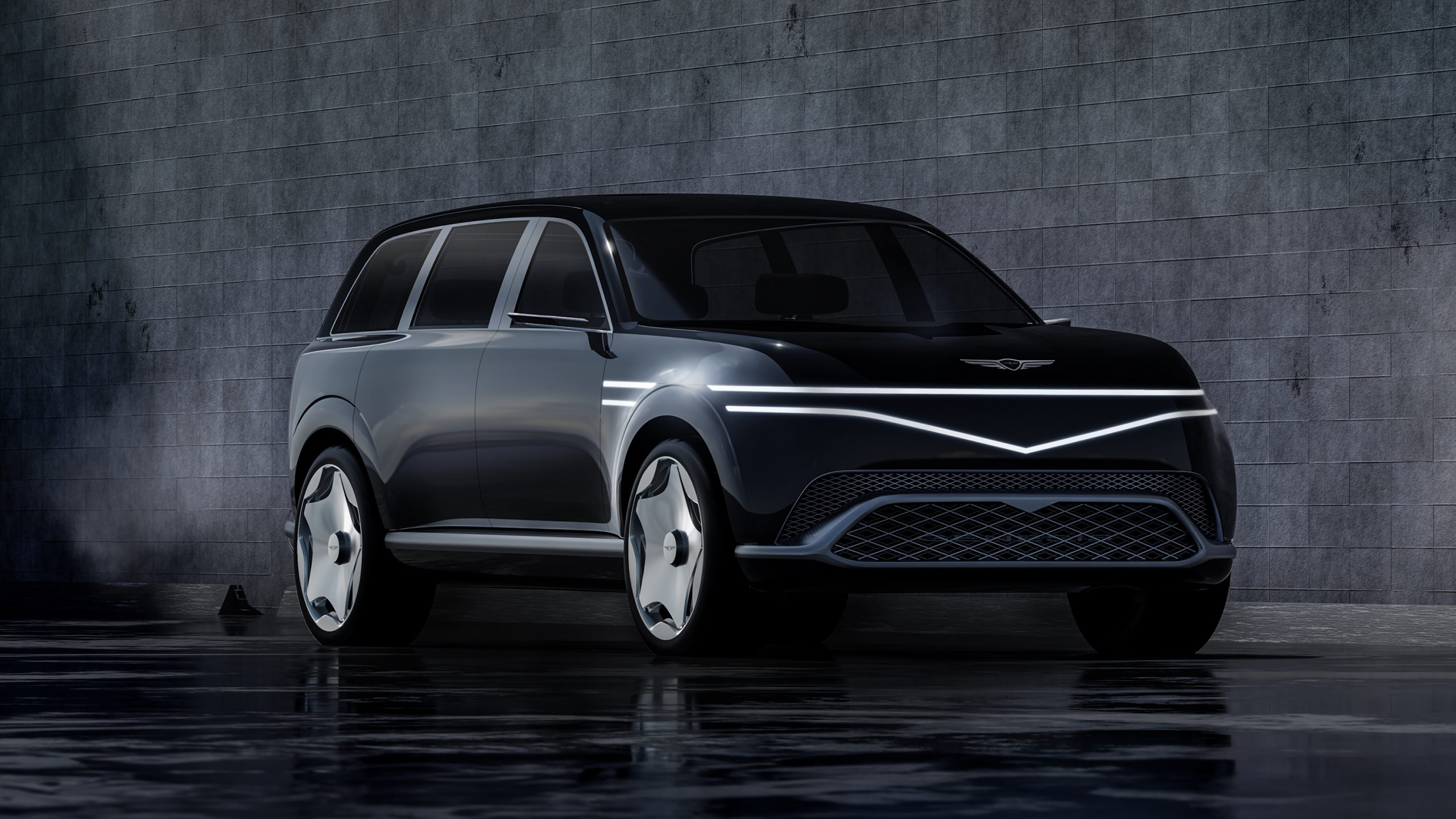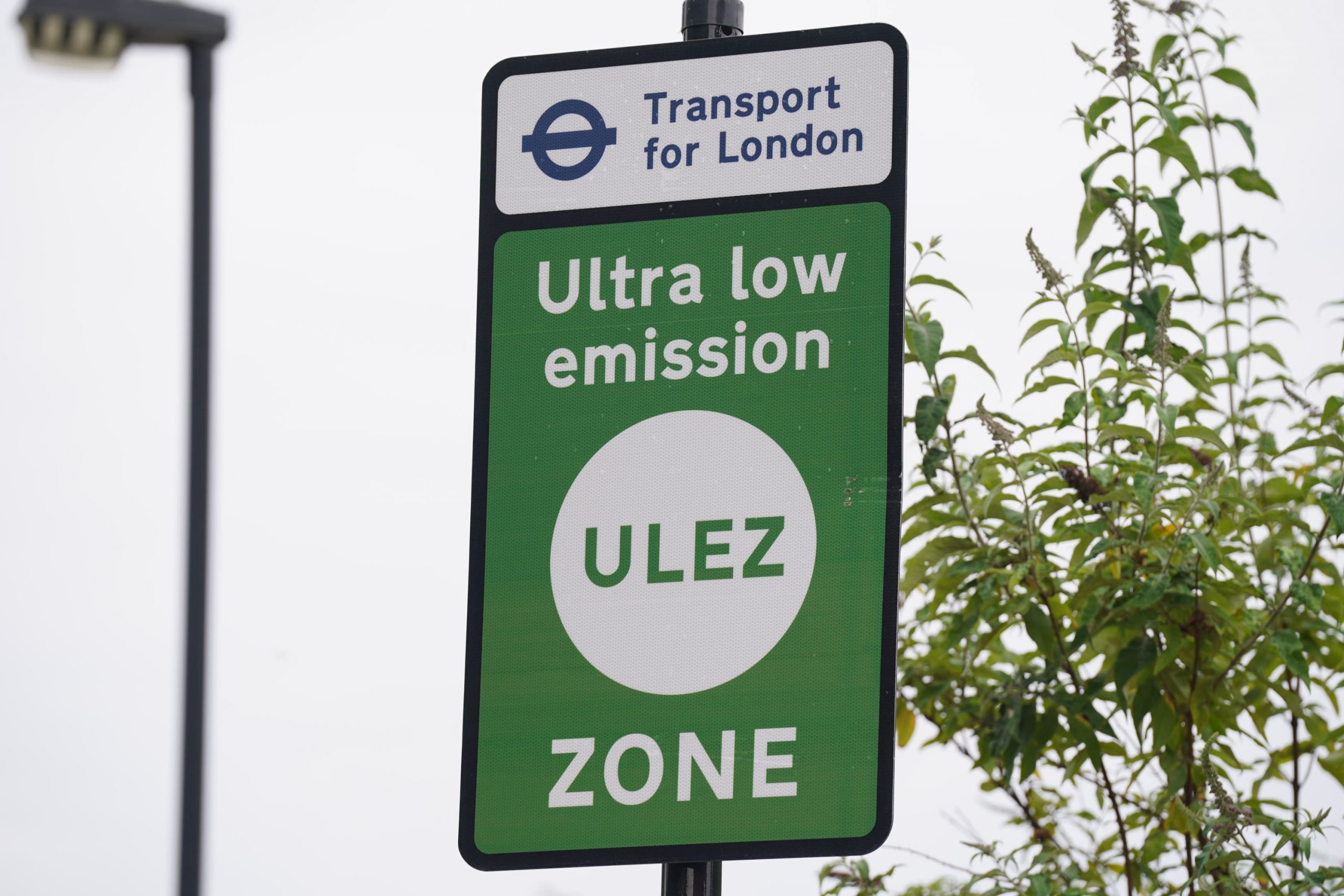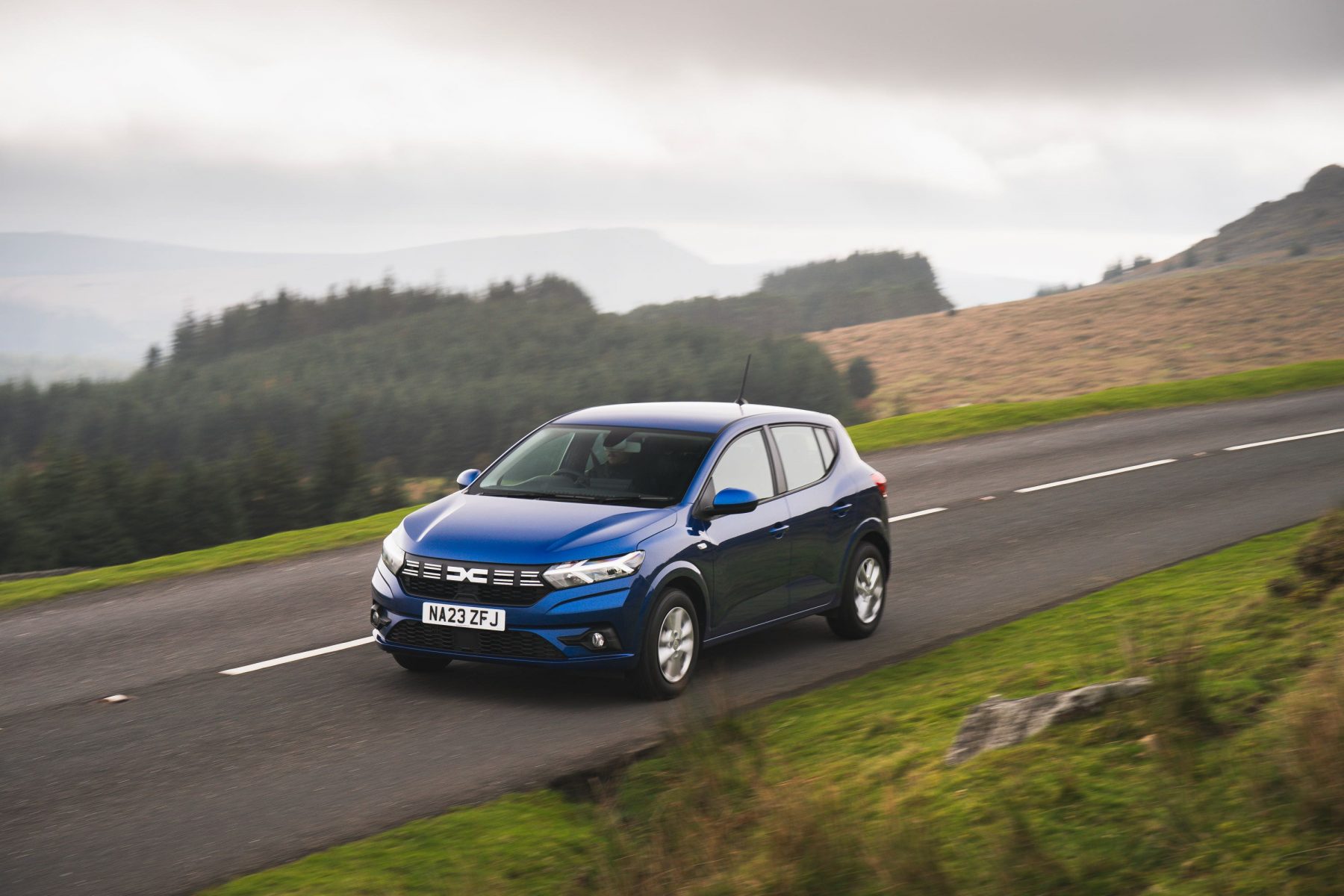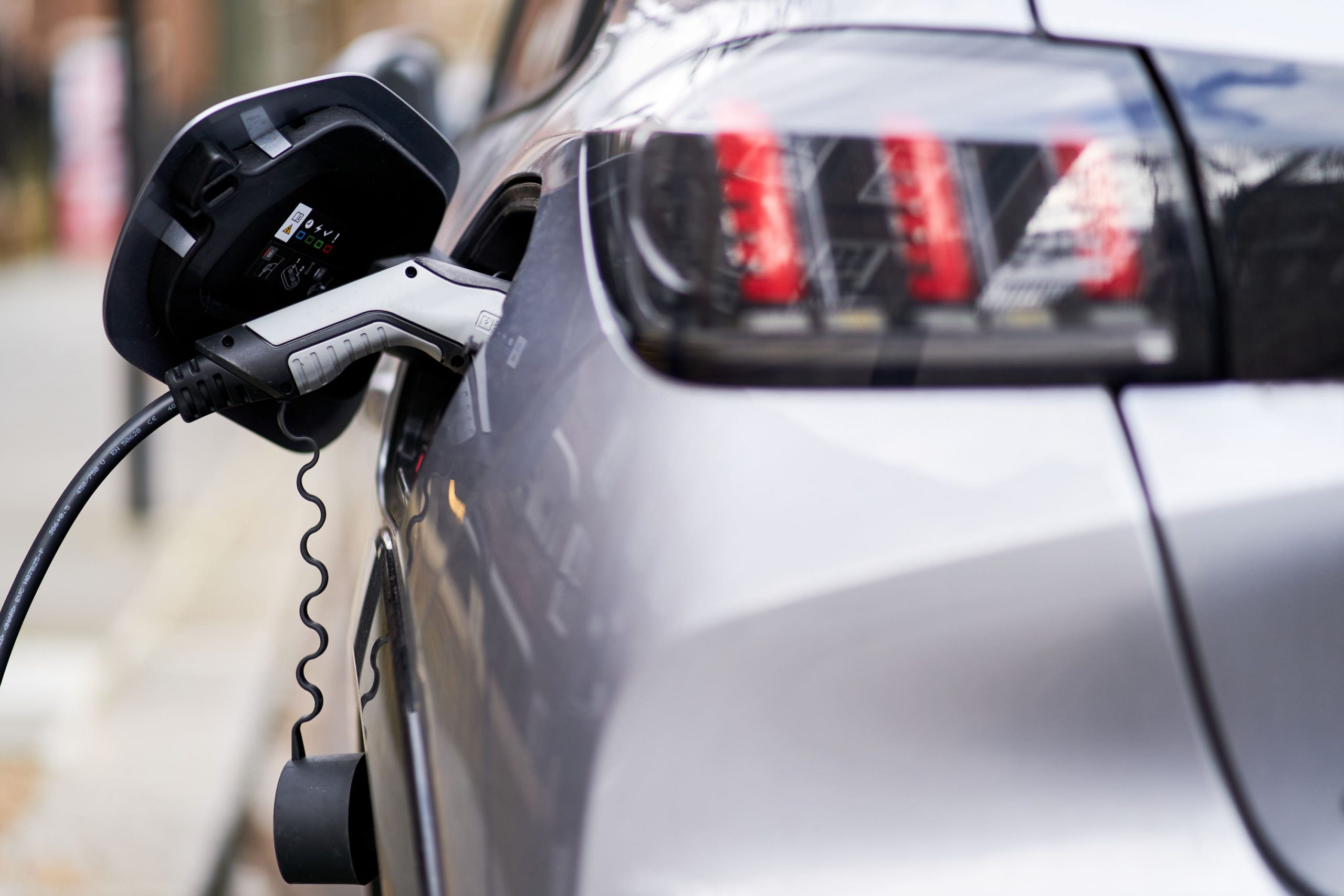Roads could start going back up to 30mph by the end of the year, the Welsh government has announced, just months after lower speed limits were put in place.
Ken Skates, the Welsh transport minister, has announced that the government in Cardiff Bay will be revising its guidance to the council on which roads can be exempted from the new lower 20mph speed limit.
The move could see councils able to return limits to their previous speeds by the end of the year.
But opponents have branded the move a “comms exercise” that will not see the 30mph default return.
The Welsh Labour government implemented a default 20mph speed limit in September last year, covering built-up areas.
Speaking in the Senedd on Tuesday, Mr Skates said there will be a “national listening programme” putting the “voice of Welsh citizens” at the heart of deciding which roads can return to 30mph.
Alongside this he promised to work jointly with local authorities to prepare the ground for changes, revising the guidance on which local roads can be exempted from the lower speed.
The revised guidance will be published in July, with councils expected to start detailed consultation on changes from September.
The Cabinet Secretary said: “We’ve started by listening. I have been clear in all my conversations that we will put communities at the heart of our thinking and will listen to people.
“As I have already said there is growing consensus on safe speeds in communities that we can build from. We continue to believe 20mph is the right speed limit in places such as near schools, hospitals, nurseries, community centres, play areas and in built-up residential areas.
“The principal objective of the policy is to save lives and reduce casualties on our roads. What I am doing now is listening to what people want for the roads in their communities, and pressing ahead with refining the policy and getting the right speed on the right roads.”
He encouraged people in Wales to let their councils know which roads should be targeted for change.
Speaking to the Press Association news agency, Mr Skates denied that his party was capitulating to the Conservatives, who have been calling for the policy to be reversed.
He argued they wanted to see the policy reversed entirely, which would cost the Welsh government around £35m.
He said: “The Tories want something completely different, something that would cause chaos at an extraordinary cost.
“They want to get rid of the policy completely, and that will cost in the region of £35m.
“Then they would wish to use what are called Traffic Regulation Orders to change any 30mph routes back to 20.
“It would be like a game of yo-yo.”
He accepted that Labour’s plan would also come at a cost, but argued that it would be a “fraction” of the Conservatives’ plan.
The transport minister denied that the Labour government had rushed to implement the scheme, insisting it was the “cleanest” way to put it in place.
“The reason that this policy was implemented in the way that it was is that we have very limited powers within Wales to be able to make changes of this nature,” he said.
“(Changing the) default setting was the swiftest and cleanest way of doing it.
“The government always knew that there’d be routes that would have to change, what we’re doing is making sure that we have citizens, the people of Wales, determine what is right, so that they can take ownership then over the speed limits in their communities, and that we implement the changes that people want as soon as possible.”
Asked if this was the Welsh Government admitting it had got the policy wrong, he said it was “showing humility”.
He said: “Humility is a vital part of being in politics.
“Showing compassion, standing and listening to people is vitally important.
“So far all I’ve heard from people leads me to believe that we’re doing the right thing in listening to people, acknowledging concerns and putting in place a process to make changes where necessary.”
Reacting to Mr Skates’ announcement, Natasha Asghar MS, the Conservatives’ shadow transport minister, said: “All of Labour’s talk of change on their flawed 20mph speed limit was sadly just a comms exercise which has consequently made people from all corners of Wales believe that their roads will be going back to 30mph.
“The bottom line is that after all of Labour’s talk about listening to the Welsh people, the default speed limit across Wales will remain 20mph. Nothing has changed to everyone inside and outside of Wales.
“Instead of making councils clean up the mess of this daft, divisive and destructive policy, it should be scrapped in its entirety, so common sense can prevail and 20mph remains where it is needed such as outside schools, play areas, high streets, places of worship etc.”
Labour’s shadow Welsh secretary in Parliament, Jo Stevens, said: “The practical changes Ken Skates has announced represent a pragmatic, welcome response to the concerns that have been raised over the last few months.
“Under Vaughan Gething’s leadership the Welsh Government is delivering on the priorities of people across Wales. With a Labour government at both ends of the M4, we will drive positive change in people’s day-to-day lives.”

